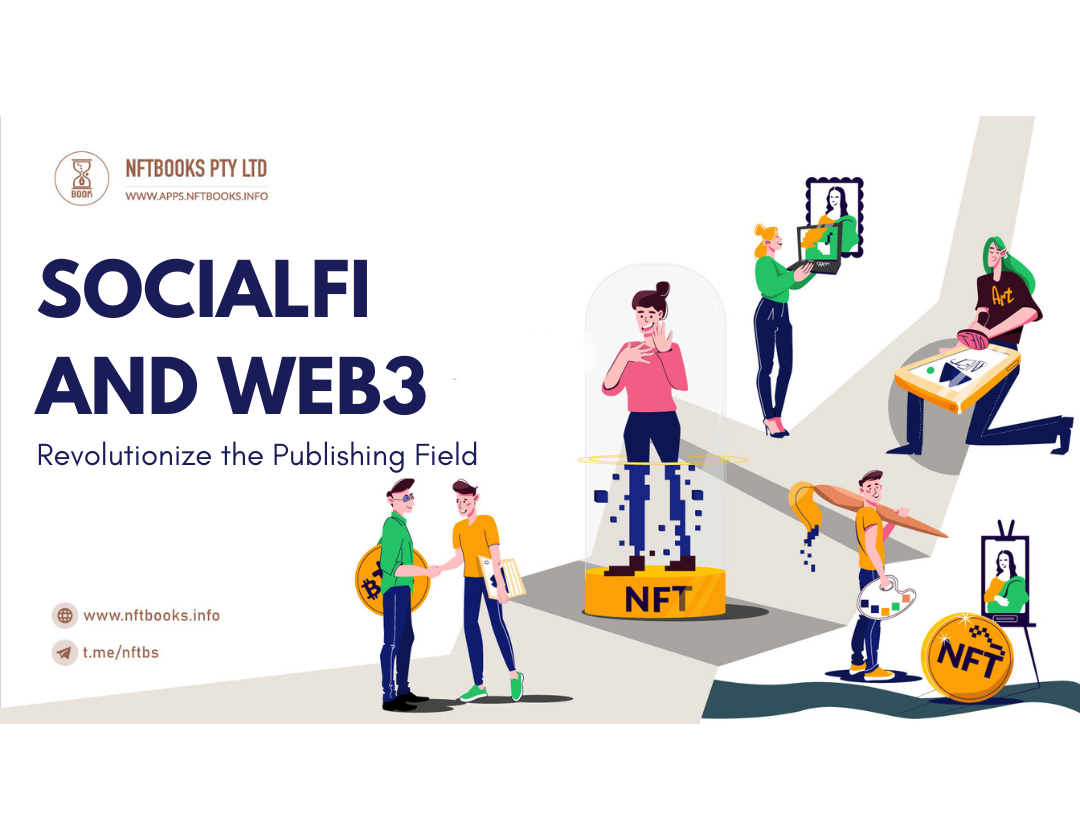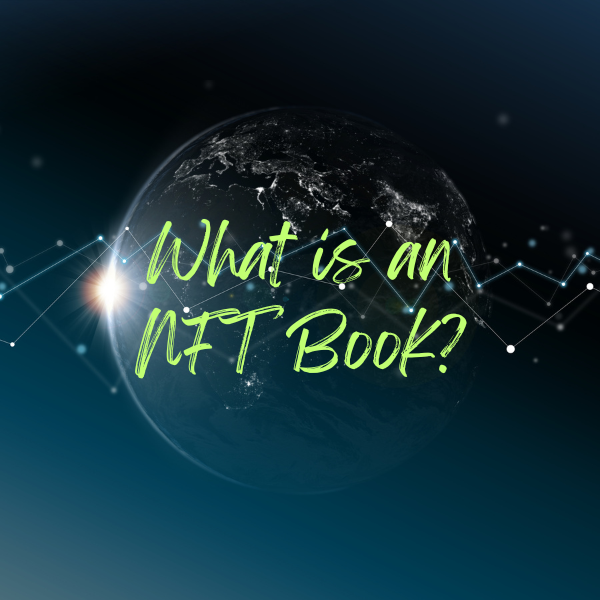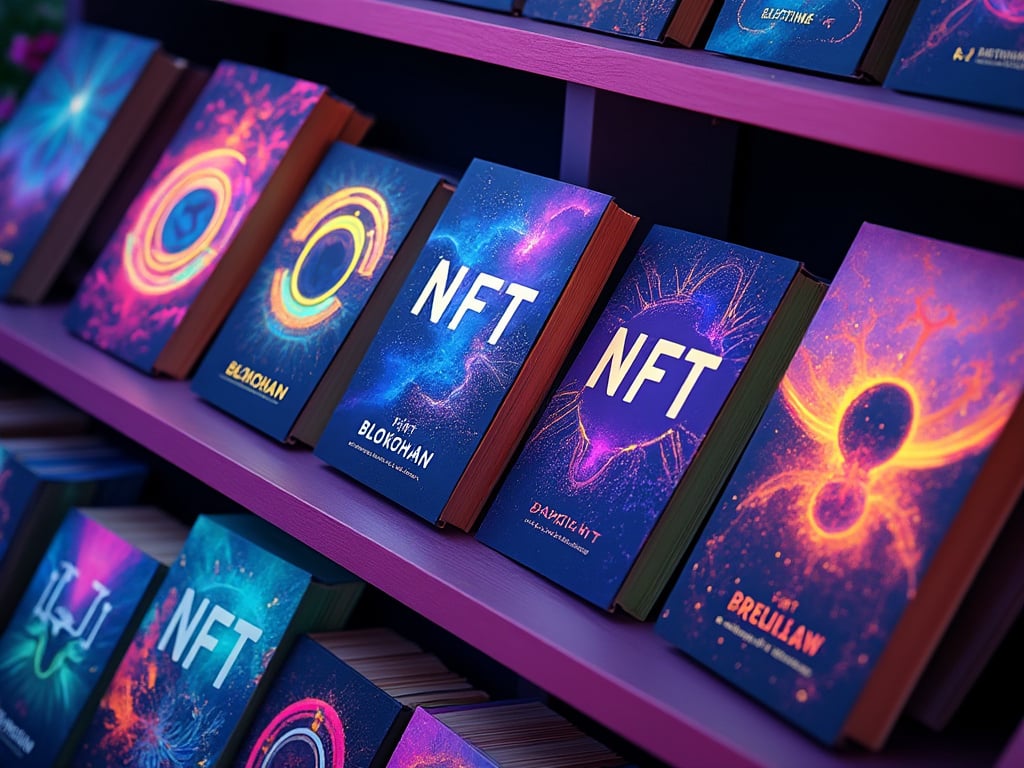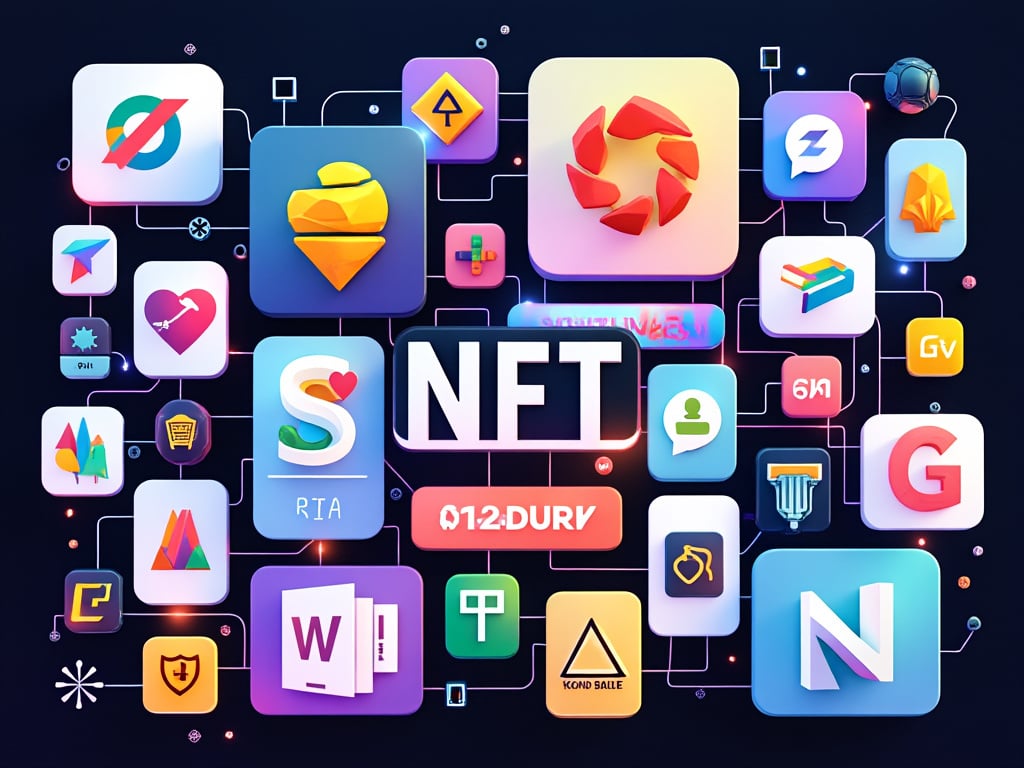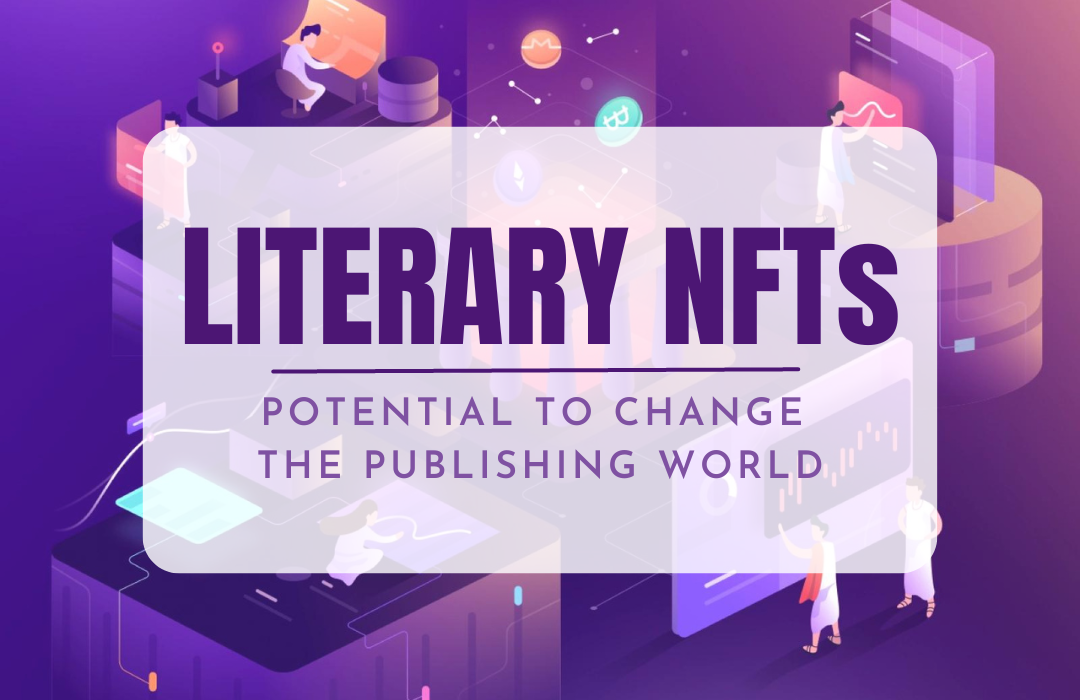In the age of digital transformation, the way we consume literature has evolved dramatically, bringing to the forefront a pressing question: What is the environmental cost of our reading habits?
As we toggle between the tactile allure of printed pages and the sleek convenience of digital screens, a debate simmers on the sustainability of e-books versus printed books. This article is not just about preference; it’s about the ecological footprint left behind by our choice of medium. In this article, we delve into the environmental implications of both e-books and printed books, aiming to shed light on the often overlooked consequences of our reading choices.
While it’s tempting to crown a definitive eco-friendly champion, the reality is a complex narrative where both formats exhibit a spectrum of environmental impacts. Through a comparative analysis, we will navigate the intricate pros and cons of each, ultimately empowering readers with knowledge to make informed, environmentally conscious decisions in their literary pursuits.
1. The Environmental Footprint of Printed Books
The creation of a printed book is a resource-intensive process. It begins with paper production, which demands significant amounts of wood, water, and energy. The pulping and papermaking processes not only consume trees but also require vast quantities of water and energy, often derived from non-renewable sources. Additionally, the inks and dyes used in printing are chemical-laden, potentially impacting the environment during manufacture and disposal.
Once printed, books must reach readers. This distribution phase adds to the carbon footprint, as books are transported from factories to warehouses, then to bookstores or homes. The packaging for shipping, while necessary, further contributes to waste and energy consumption.
Despite these environmental costs, printed books have a redeeming feature: longevity. They can be shared or reused, lessening their overall ecological impact. However, at their life’s end, books can pose recycling challenges due to non-recyclable components, sometimes ending up in landfills where they contribute to methane emissions. Understanding these factors is key to making informed choices about our reading habits.

2. The Environmental Footprint of E-Books
The environmental narrative of e-books is closely tied to the lifecycle of the devices on which they are read. The production of e-readers is a complex, resource-intensive process. It begins with the extraction of rare earth minerals, which is often fraught with ecological disruption and pollution. The manufacturing phase is energy-intensive, contributing to the carbon footprint of each device before it even reaches the consumer.
Once in the hands of readers, e-readers consume electricity throughout their lifespan. While they offer the convenience of storing thousands of books in one place, the energy required to charge and operate these devices is an important factor in their overall environmental impact. It’s essential to consider not just the electricity used in daily operation, but also the cumulative energy consumption over the life of the device.

At the end of their useful life, e-readers present a challenge in terms of electronic waste. E-waste is one of the fastest-growing waste streams, and the recyclability of e-readers is limited by the complexity of their design and the mix of materials used. Disposal can lead to hazardous chemicals leaching into the environment if not handled properly. The sustainability of e-books, therefore, is inextricably linked to the environmental implications of the devices we use to read them.
3. Comparative Analysis and Sustainable Reading Practices
When weighing the environmental impacts of e-books against printed books, the comparison is not straightforward. The carbon footprint of printed books is largely front-loaded, occurring during production and distribution. In contrast, the environmental cost of e-books is more distributed over time, stemming from the energy used in manufacturing e-readers and the electricity consumed during their use. The balance shifts based on factors such as the number of books read on a single e-reader versus the number of printed books produced in a single print run.
Reader habits significantly sway this balance. For instance, frequent upgrades to the latest e-reader model can diminish the environmental benefits of digital reading. Conversely, buying second-hand printed books or frequenting libraries can extend the life of printed materials and reduce waste.
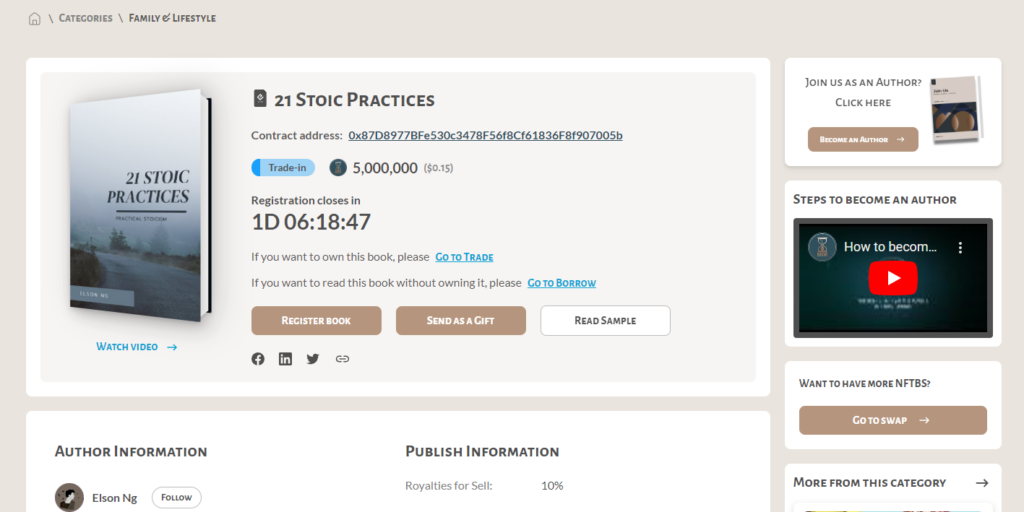
To foster sustainable reading practices, readers can adopt several strategies. Utilizing public libraries, which maximize the shared use of both printed and digital books, is an excellent start. For e-reader users, extending the lifespan of their devices and recycling old electronics responsibly can mitigate e-waste. Supporting publishers who implement sustainable practices, such as using recycled paper or renewable energy, can also promote a greener reading culture. Ultimately, conscious choices by readers can help tip the scales towards a more sustainable future for reading.
In summary, the environmental impacts of e-books and printed books are nuanced and multifaceted. While printed books use significant natural resources in production and distribution, e-books entail ongoing energy consumption and e-waste concerns. Our investigation confirms that both mediums have environmental pros and cons, and the most sustainable option depends on individual usage and habits.
As readers, it’s crucial to reflect on our reading choices in the context of sustainability. By adopting mindful practices—like using devices longer, sharing or reusing printed books, and choosing eco-friendly publishers—we can minimize our ecological footprint. Let’s each consider how our love for reading can coexist with our responsibility to the environment.
Read more :



